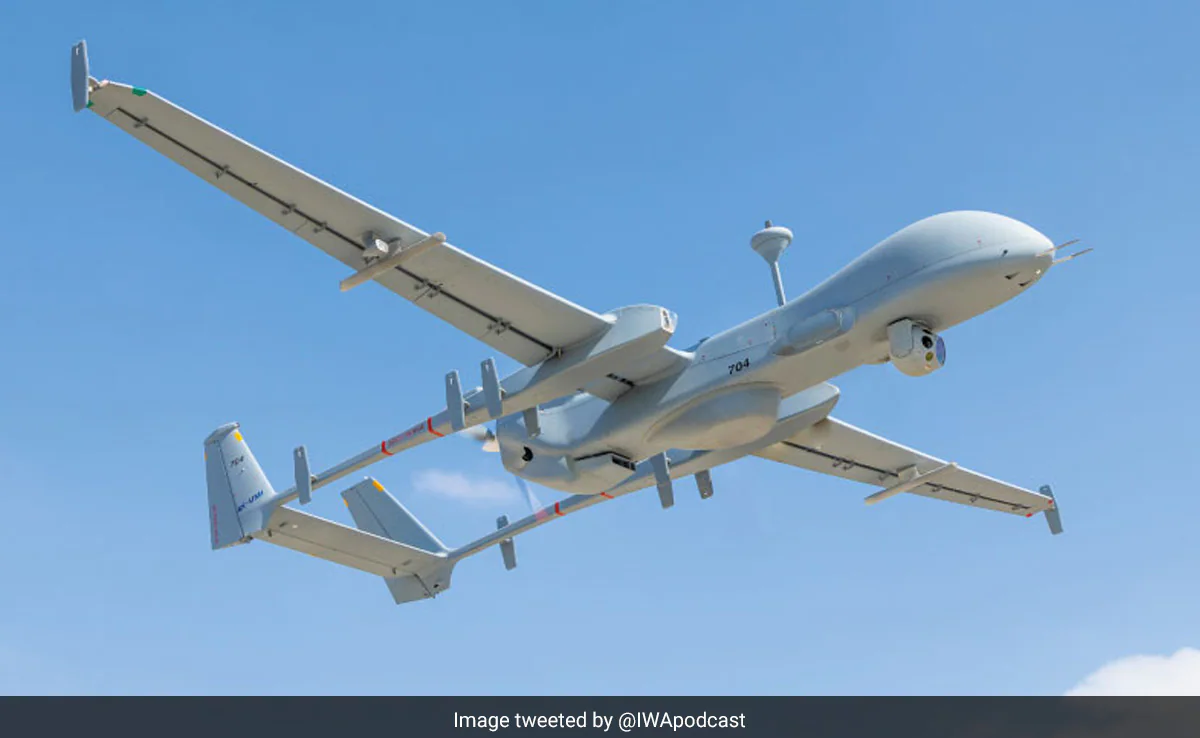Sanjana B, Pune
On Sunday, the Indian Air Force (IAF) inducted four Heron Mark 2 drones to supervise India’s borders with both China and Pakistan. These drones have been deployed in the northern sector at a forward operating air base (FOB).
These drones are also strike-capable (a country’s ability to wage and respond to nuclear attacks) and can carry out surveillance on both borders in a single sortie, which means they can be dispatched from a strongpoint to both places simultaneously. The Heron Mark 2 drones come with satellite communication capability and can be equipped with long-range missiles and other weapons systems. The drones can reportedly operate for about 36 hours straight and have an in-built laser illuminator to highlight enemy targets from far off.
Speaking to ANI, Wing Commander Pankaj Rana, the commanding officer of the drone squadron, made a note of Mark 2’s ‘beyond line of sight’ capability, which allows for the whole country to be surveilled 24×7 from one place. “The drone simply amalgamates into the Intelligence, surveillance, and reconnaissance matrix of the Indian Air Force,” he stated.
The unmanned drones are also resistant to any unforeseen changes in the weather, including sub-zero temperatures, and can fly along any terrain to handle their targets. Among others, these drones can be equipped with bombs and weapons like air-to-ground missiles and air-to-ground anti-tank weapons.
IAF is also working on Project Cheetah, under which around 70 Heron drones will be weaponised and upgraded with satellite communication links. Of the 31 Predator drones being inducted into the Indian armed forces, 15 of these drones in the high altitude, long endurance category will be operated by the Navy presently to maintain surveillance over the Indian Ocean region.
